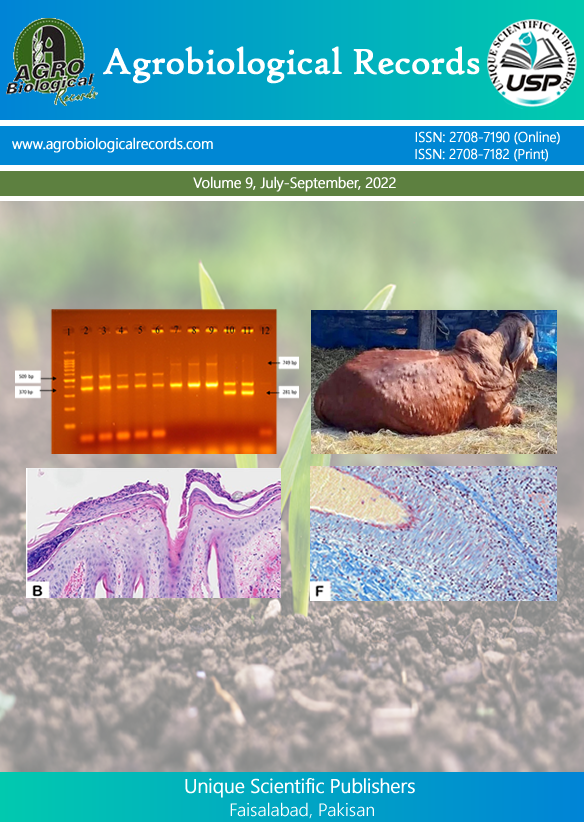
Md. Moniruzzaman Hasan 1,*, Md. Ariful Islam 2, Mohammad Ataur Rahman 2, Mohammad Moshiur Rahman 3, Showdia Sarmin 1 and Saleh Mohammad Ashraful Haque 1
1Pest Management Division, Bangladesh Jute Research Institute, Dhaka, Bangladesh 2Advanced Seed Research and Biotech Centre, ACI Limited, Dhaka, Bangladesh 3Department of Agricultural Extension, Manikganj, Banglades
*Corresponding author: hasan_vi@yahoo.com
Jute is the principal cash crop of Bangladesh and it plays a very significant role in the socioeconomic position of jute farmers. This study presents an overall overview of past trends of jute production in Bangladesh from 1969-70 to 2023-24 and future predictions of jute production from 2024 to 2032. Based on extensive time-series data, we examined regional trends in jute production, farm practice stability, and the role of economic and environmental factors in jute production. Descriptive statistics indicated large fluctuations in jute area and production with significant regional variations. Some regions, such as Rajshahi, Bogura, Jashore, and Faridpur, demonstrated an increase in ‘area’ and ‘production’ contributions in a cyclic manner. However, regions like Dhaka, Mymensingh, Cumilla and Rangpur recorded a periodic decline in growth. The hilly areas of Chottogram, Rangamati, and Sylhet had relatively low percentages of cultivated land because their soil type does not favor jute growing. The study highlighted the constancy in geographical coverage of jute while documenting a substantial rise in production efficiency, achieving an annual growth rate of 0.83%. Predictive SARIMA (Seasonal Autoregressive Integrated Moving Average) model suggested continued growth of jute production through 2032, driven by agricultural technology development, improved jute varieties, favorable policies, and increasing market demand. Our findings are informative for policymakers and agricultural industry stakeholders and bring the demand for region-specific planning and continued agricultural innovation to the forefront.